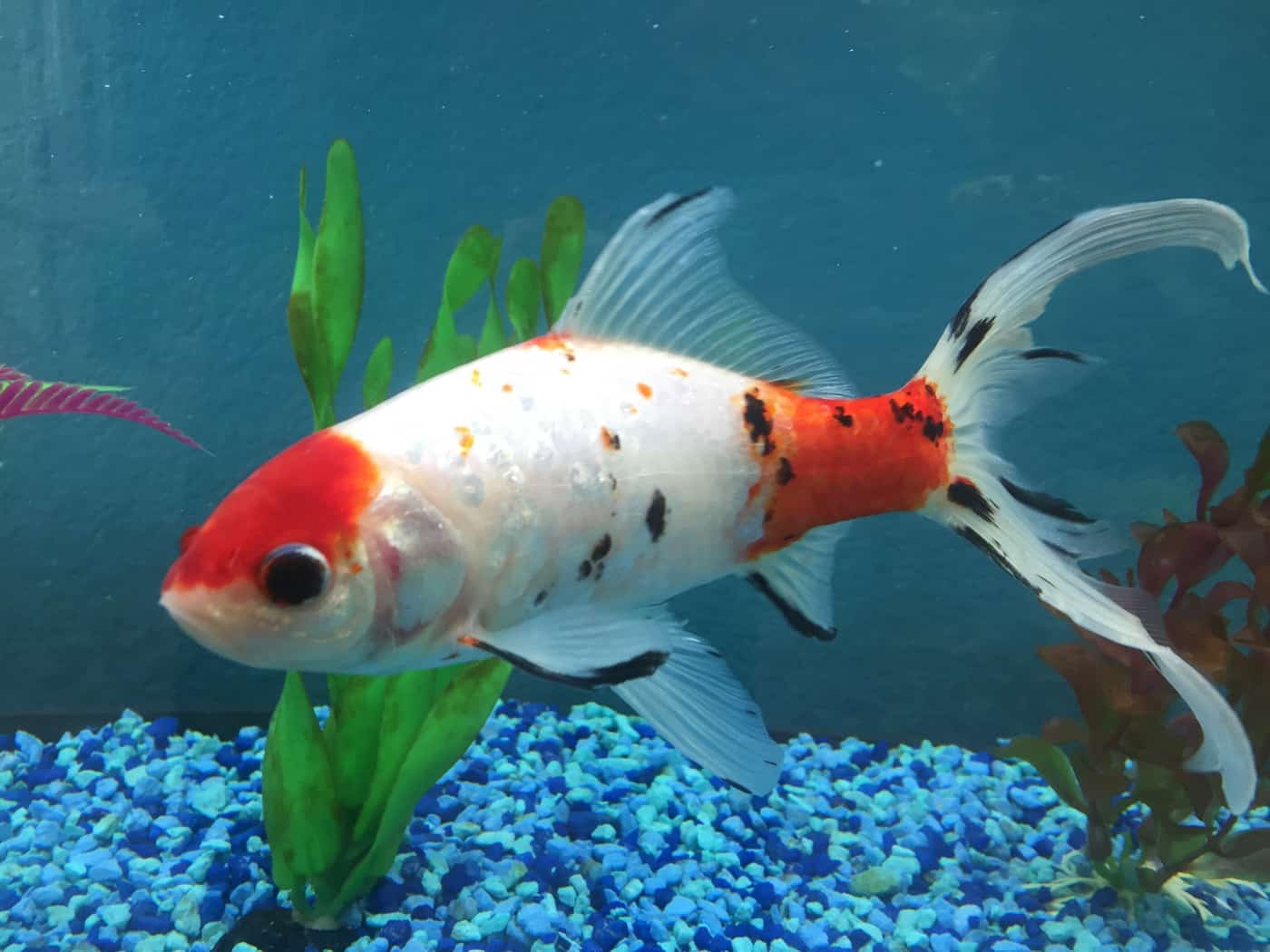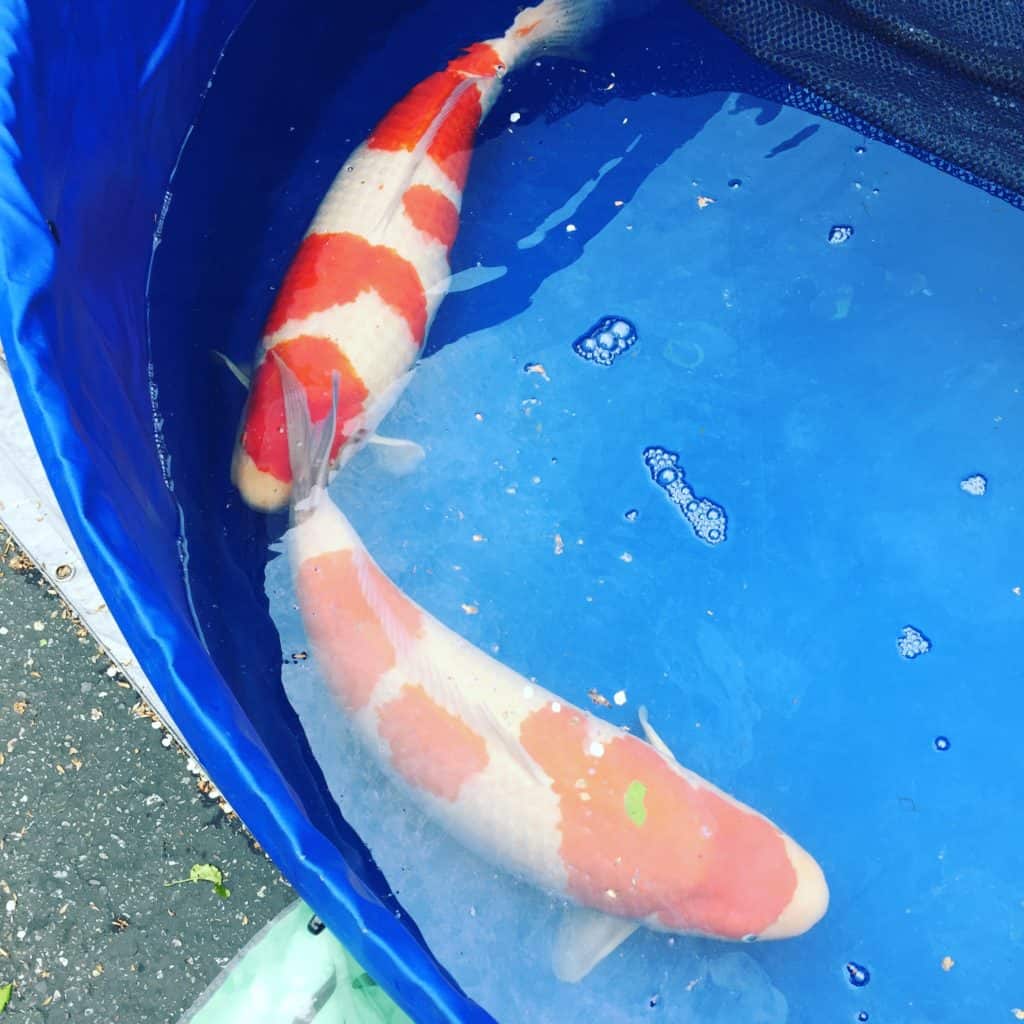If you’ve owned your goldfish/betta/koi for a few years, you may have noticed that they might not look the same as when you first brought them home. It is NORMAL for many fish species to change color as they get older, with some orange goldfish turning white, white bettas turning blue, and black and red koi turning yellow and white. Why does this happen?

Genetics
The same reason why some humans are taller or keep their hair later in life, the same genetic rules apply to fish. It’s the luck of the draw if some of them retain their appearance or change color over time.
For some koi owners, there’s no guarantee that a beautifully colored fish will retain their color, and therefore, overall value, as they age. This is why very young koi are usually entered in shows. Some of those 70-80cm beauties are only a few years old!
Water Quality
The water parameters we test regularly are just a small sampling of the chemical components of a certain water source. What we test is most critical to overall fish health, not necessarily their physical appearance. Different mineral contents in the water where a fish was born and where they live now can be considerably different, and can cause colors to shift.
In areas with very hard water, you may see black spots appear on your fish’s skin. These are benign mineral deposits and will not hurt your fish.
Diet
Sure those “color boosting” diets may have a cult-like following, but they may not work the way you think they do. Containing color-enhancing compounds, carotenoids (“red-enhancing”) such as spirulina or astaxanthin, may provide a pigment boost, but if your fish doesn’t have the underlying genetics to support that color, your white fish may be covered in a yellow-tinted slime.
Any color-enhancing diet should not be fed as a long-term diet. These diets are typically fed for a few weeks prior to a show and are not necessary for non-show fish.
Age
As all animals age, certain body systems don’t work as well as they did in the beginning. It’s similar to our hair turning white as we age. Some cells just don’t live as long as others, so a fish changing color can just be a natural change with age.
Most color changes in fish are associated with the above criteria, however, skin cancers, such as hikui, can also have a skin altering effect. Cyprinid herpesvirus-1, commonly known as “carp pox,” can also change a fish’s appearance. If you are concerned about an issue with your fish, contact your local aquatic veterinarian.


Pingback: Male vs. Female Fish – Aquatic Veterinary Services
Pingback: Can Guppy Fish Change Colours? | Fish Tank Savvy
Pingback: Can Killifish Change Colour? – Fish Tank Savvy
Pingback: Can Corydoras Change Colour? – Fish Tank Savvy
Pingback: Colour change of the fish in the viral video is not real but simple after effects. - You Turn